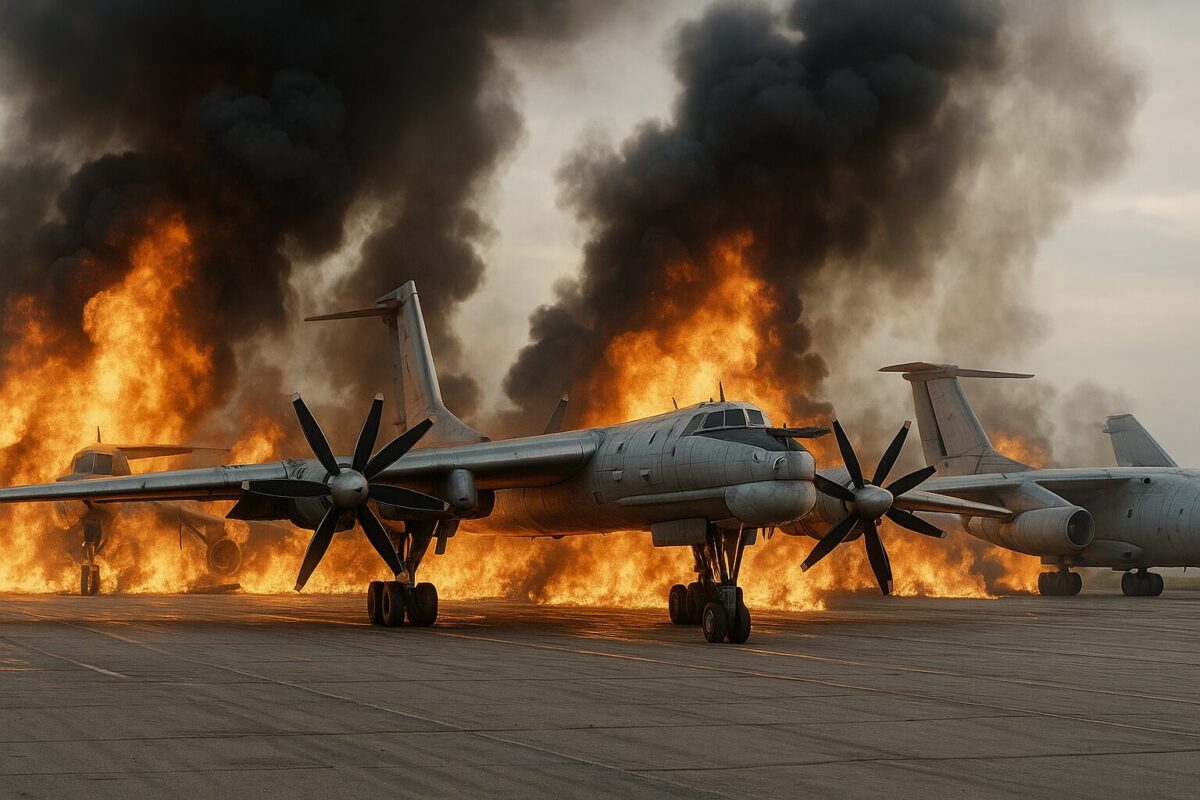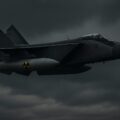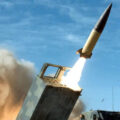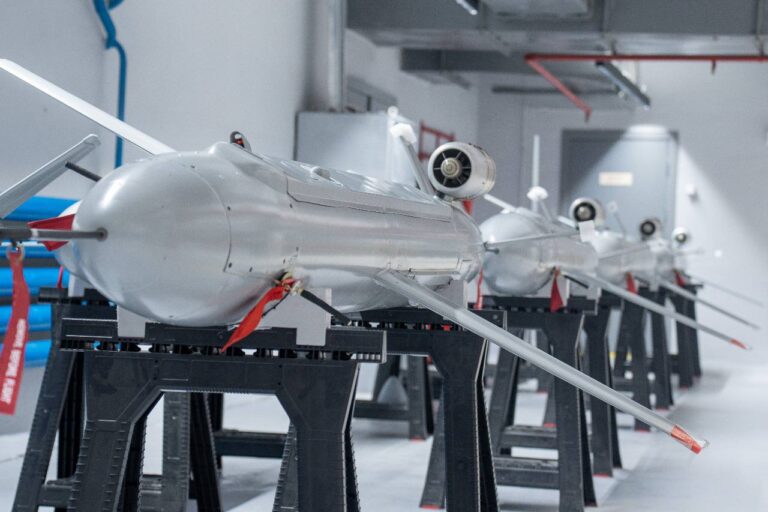
Ukraine Strikes Russian Airbases | Strategic Shift in the War
How Precision Strikes on Russia’s Strategic Aviation Shift the Balance
In the early hours of June 1, 2025, something happened that just a year ago would’ve seemed impossible. Ukraine struck multiple strategic airbases deep inside Russia — not just enemy positions, but the very locations housing Tu-95MS, Tu-22M3 bombers, and A-50 radar aircraft. These are not ordinary planes — they form the backbone of Russia’s nuclear and missile threat, used for decades to intimidate both neighbors and NATO.
Despite Russian propaganda downplaying the damage, facts are facts. This was the most significant and painful blow to Russia’s long-range aviation since the full-scale war began.
Why These Airfields — and Why Now?
The coordinated strike hit at least four airbases, all far from the frontline:
- Olenya (Murmansk Oblast) — home to Tu-95 bombers, near the Arctic.
- Belaya (Irkutsk Oblast) — a key site for aircraft maintenance and deployment.
- Dyagilevo (Ryazan Oblast) and Ivanovo-Severny (Ivanovo Oblast) — storage and launch sites for A-50s and other bombers.
From these locations, aircraft have regularly launched massive missile attacks on Kyiv, Kharkiv, Lviv, and Dnipro. The A-50 aircraft — Russia’s “flying eyes” — coordinate simultaneous cruise missile strikes across Ukraine.
These were not symbolic targets. These were command nodes. The goal was not revenge, but disruption. Denial. To remove the very tools used to terrorize civilians.
Over 40 Aircraft Hit: What That Actually Means
Ukrainian sources and Western analysts report over 40 aircraft destroyed or heavily damaged, including:
- Tu-95MS — cruise missile carriers armed with Kh-101 and Kh-555;
- Tu-22M3 — bombers often used against Kherson, Sumy, and Zaporizhzhia;
- A-50 — airborne radar platforms that guide Kinzhal and Iskander missiles.
Financial damage is estimated above $2 billion. But this is not about money. Most of these planes are irreplaceable Soviet-era assets. Their production lines are gone. Repairs are long and uncertain. Many cannot be replaced at all.
How Ukraine Did It: A New Breed of Warfare
While official confirmation is absent, leaks suggest this was Operation Web — not just a drone strike, but a multi-layered sabotage operation involving:
- Drones transported covertly by trucks deep into Russian territory;
- Autonomous strike systems launched from within the country;
- Inert platforms that activate without GPS, avoiding early detection.
In short, Ukraine has achieved a new level of deep-strike capability — where physical borders no longer limit military reach.
Revelant
What Russia Lost — and Why It’s Strategic
These 40+ aircraft aren’t just metal. They’re part of Russia’s strategic deterrence triad — along with nuclear submarines and land-based missiles. They formed the image of Russia as a nuclear superpower.
- Destroyed A-50s mean a blind military command.
- Destroyed Tu-22s mean fewer bombings of Ukrainian cities.
- Destroyed Tu-95s mean degraded nuclear delivery capability.
This is not just a military loss — it’s a loss of leverage.
What About NATO? What About the U.S.?
One of the most important details: Ukraine did this alone.
No U.S. missiles. No NATO pilots. No Western boots.
This was Ukrainian intelligence, Ukrainian production, and Ukrainian risk.
Will Western capitals acknowledge what just happened?
Will they understand that Ukraine just dealt a blow that even NATO might not dare deliver?
That remains to be seen. But the record is clear:
Russia lost something that no major military power can afford to lose — its strategic aura.
What Happens Next?
This is not the end.
This is a warning — to Moscow, to Brussels, to Washington.
Russia’s “deep rear” is no longer safe. Its nuclear intimidation no longer guarantees immunity.
For the first time in decades, it is Russia that now feels vulnerable.
And that fear? It’s real — and permanent.
This was more than a successful strike.
It was the start of a new phase of this war.
One where Ukraine:
- no longer asks permission,
- no longer waits for consensus,
- no longer plays by rules written by others.
And tells the world:
“If you won’t stop the threat —
we will.
And we already are.”














